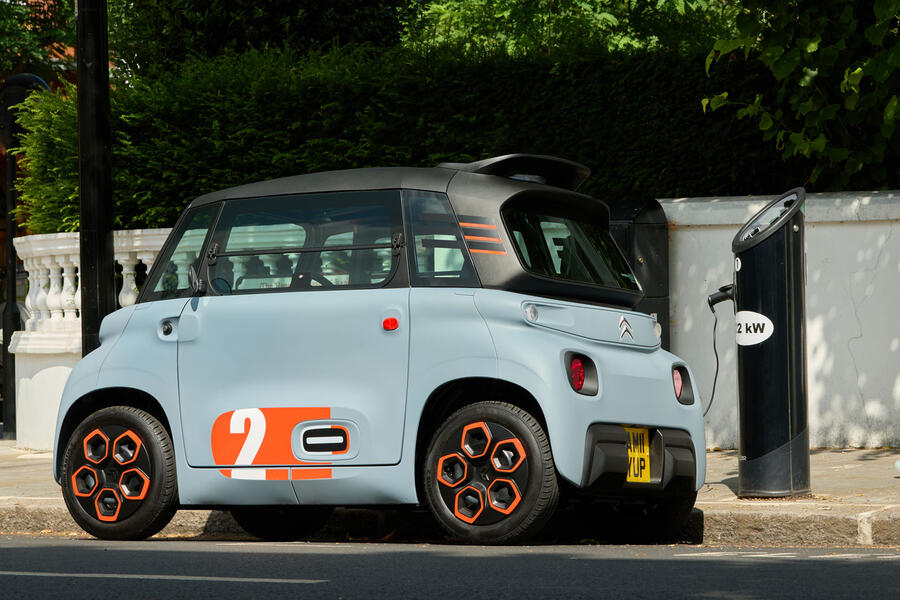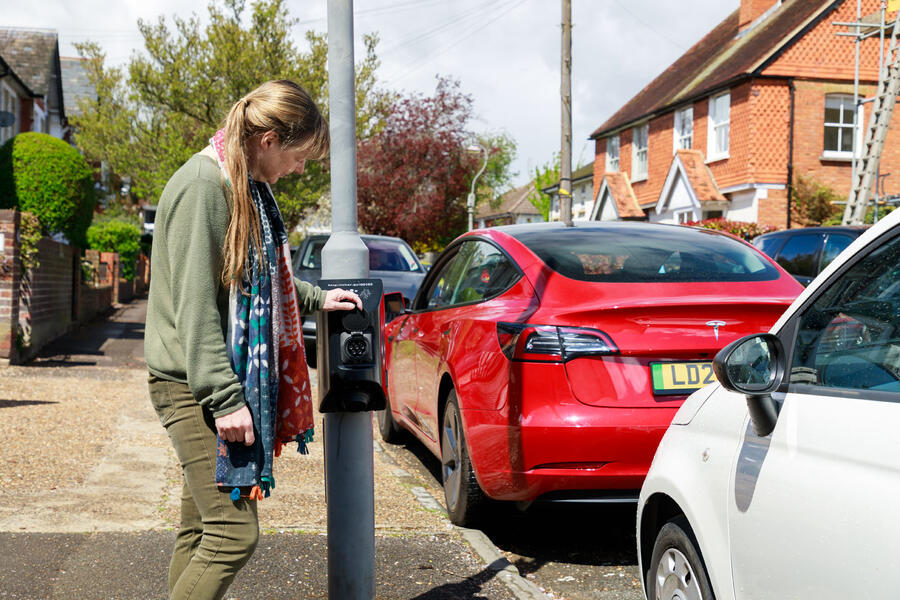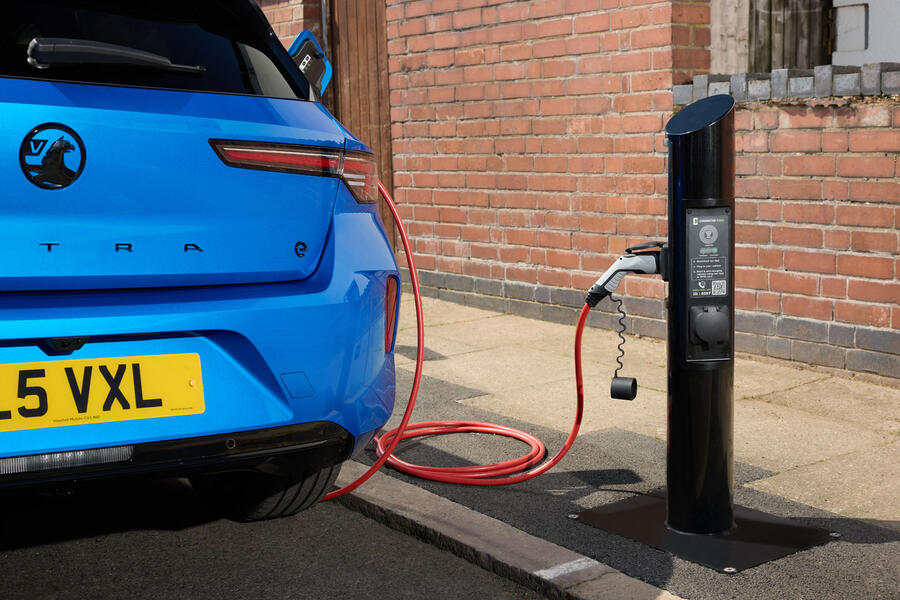- The number of on-street chargers has increased significantly, with a 69% rise in the last year, according to new UK Government data1. However, Vauxhall Managing Director, James Taylor, emphasizes the need for continued momentum.
- New data reveals that London has 151% more public chargers of all types compared to Scotland, the next best-serviced region in the UK
- Vauxhall’s initiative, electricstreets.co.uk, aims to support the 40% of UK households without a driveway2
- Vauxhall has committed to electrifying the UK, with plans to offer a fully electric version of every model in their lineup by 2024
The installation of on-street electric vehicle (EV) chargers for homes without driveways has seen a 69% increase over the last 12 months, adding 4,094 new installations in the last quarter as per new UK Government statistics1.
Vauxhall managing director, James Taylor, commented, “It’s a positive step, but we’re only at the beginning of this journey. It’s crucial to accelerate the pace to ensure that the 40% of households without driveways are not left behind in the transition to electric vehicles. Although 4,094 new installations is a good start, there is a forecast for hundreds of thousands more new EV cars to be registered next year to comply with the Vehicles Emissions Trading Scheme. We are making progress, but more efforts are needed to meet the increasing demand.”
In partnership with leading charge point operators Char.gy, Connected Kerb, and Surecharge, Vauxhall launched the Electric Streets of Britain initiative to help councils identify areas with the highest demand for residential charging.
The latest UK Government statistics, released quarterly by the Department for Transport (DfT), indicate that the total number of on-street chargers across the UK has grown by more than two-thirds from October 1, 2022, to October 1, 2023, with a 27.57% increase in the last three months.
These findings show a significant increase in on-street charging infrastructure, despite more than 70% of UK councils not having published an on-street charging strategy3. This was a statistic identified by Vauxhall during the launch of its Electric Streets initiative earlier this year.
Despite the postponement of the ban on the sale of new petrol and diesel vehicles from 2030 to 2035, the upcoming Vehicles Emissions Trading Scheme still requires a minimum of 22% of cars and 10% of vans sold by manufacturers to be electric. Considering the growing number of EVs registered on UK roads, up by 34% compared to October 20224, the accessible chargers need to continue increasing to meet the national demand.
The overall number of all types of publicly available chargers across the UK, both on and off-street, has also witnessed substantial growth, rising by 42% since last October.
|
Year
|
Month
|
On Street Charging Devices
|
Total Charging Devices (of all types)
|
|
2022
|
October
|
11,218
|
34,637
|
|
2023
|
July
|
14,848
|
44,020
|
|
2023
|
October
|
18,942
|
49,220
|
However, the data also reveals that the London area has 151% more publicly available chargers of all types per 100,000 of population than Scotland, which ranks second for the country and region in the UK with the highest number of chargers per 100,000.
Taylor added, “Residential charging infrastructure is a fundamental aspect of the electric vehicle shift. As the Government rightly emphasizes the need to cater for tomorrow’s demand, a more visible presence will boost consumer confidence in transitioning from interest to purchase.”
Vauxhall is set to offer a fully electric version of every car and van model in its line-up from 2024. It currently holds the position of the best-selling electric van manufacturer in the country, and its Ellesmere Port plant has recently reopened as Stellantis’ first manufacturing site dedicated to electric models.
For more information, visit http://electricstreets.co.uk/
1Electric vehicle charging device statistics: October 2023 – GOV.UK (www.gov.uk)
2 TfL Feasibility Study into Electric Vehicle Uptake and the Impacts of Associated Infrastructure (Source: TfL Electric Vehicle Charging Study)
3 Vauxhall’s Freedom of Information research took place between May – July 2023, issued to 414 councils across the United Kingdom.
4 Society of Motor Manufacturers and Traders, October 2023









